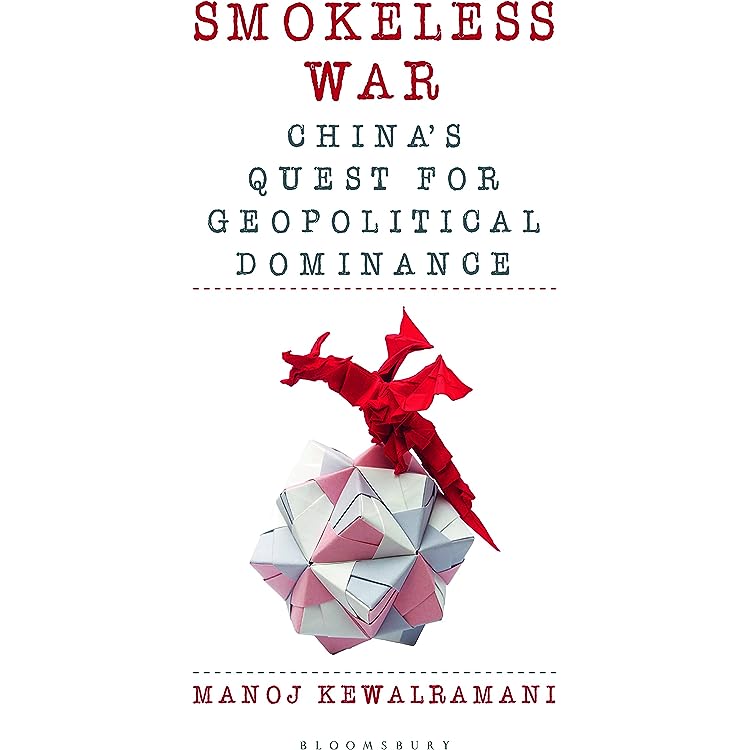It is well known as to how China has implemented its “Three Ware Fare’s” policy but a recent report by NYT brings it out in the open. China introduced these three concepts of public opinion warfare, psychological warfare, and legal warfare when it revised the “Political Work Guidelines of the People’s Liberation Army” in 2003.
The methodology of such outreach has been set out in an article in the New York Times titled “A Global Web of Chinese Propaganda Leads to a U.S. Tech Mogul”. Earlier reports by International Federation of Journalists have chronicled the Chinese methods and manipulations in South America and Africa. The underlying message remains consistent of Chinese use of money and manipulation. The other aspects that these articles and reports highlight are that these actions are more more prevalent in OBOR or BRI countries in which China has substantial financial investments or in those in which it has significant geo-political interests. In his speech at the CCP’s 19th Congress in October 2017, for example, Xi argued that China’s system offers “a new option for other countries and nations who want to speed up their development while preserving their independence.”
The common theme in these at present is to highlight the great China story and its assistance to the country’s needs, be it infrastructure, capacity building, education, medical etc. The method of propaganda is to utilise of all the mediums (Paper, radio, TV) and especially social media through social influencers with huge following. These propaganda messages are then gradually used to insert opinion shaping messages which bring into question or cloud adverse policy making against it to its own advantage. The Chinese or their funded proxies lavishly fund influence campaign that defends China and pushes its propaganda. The narrative is changed gradually which was brought out by another study in which American news organizations whose journalists accepted official trips to China subsequently “made a pivot from covering military competition to covering economic cooperation.”
The current article in the NYT highlights the depth and methods of Chinese propaganda by one individual sympathetic to its cause and its role in furthering it. The article tracks “the money to a South African political party, YouTube channels in the United States and nonprofits in Ghana and Zambia. In Brazil, records show, money flowed to a group that produces a publication, Brasil de Fato, that intersperses articles about land rights with praise for Xi Jinping. In New Delhi, corporate filings show, the same network financed a news site, NewsClick, that sprinkled its coverage with Chinese government talking points.”
One individual and his network has been highlighted in the NYT report however it is clear that the government of China controls and manages the operations among many others. Xi in a speech speech to CCP members stated “China should be portrayed as a civilized country featuring a rich history, ethnic unity, and cultural diversity, and as an Eastern power with good government, a developed economy, cultural prosperity, national unity, and beautiful scenery. China should also be known as a responsible country that advocates peace and development, safeguards international fairness and justice, [and] makes a positive contribution to humanity”. These kind of directions then result in overlooking Chinese drawbacks authoritarian political system, environmental pollution, lack of rule of law, human rights violations, China’s foreign engagement using manipulative financial methods, corruption in acquiring deals etc.
The China financial outlay for propaganda was estimated in 2009 to be $6 billion to the global expansion of state media. Another estimate by scholar David Shambaugh in 2017 estimated that China was spending as much as $10 billion per year on enhancing its “soft power,” although state media would only account for a portion of that sum.
In a paper by Sarah Cook she outlines the methods used by the CCP to promotes its favoured content and narratives abroad. China has embarked upon expanding the global capacity and presence of official state media, insinuating official views into foreign mainstream media, cultivating foreign media that can produce their own favourable content, purchasing foreign media outlets and establishing new networks and Conducting disinformation campaigns on global social media platforms.
All these collective approaches have been tweaked over last several years and especially so in countries in which there is a minimal civil society infrastructure with engagements and especially so with countries in Africa, Latin America and Asia. The true face of the manipulative dragon can be seen behind the smoke.

Leave a Reply